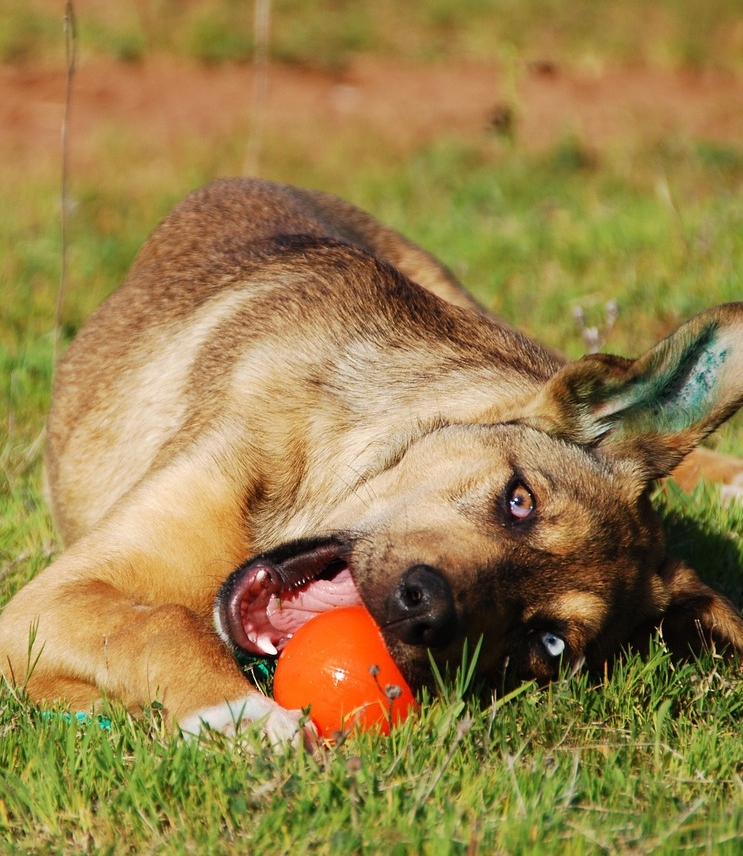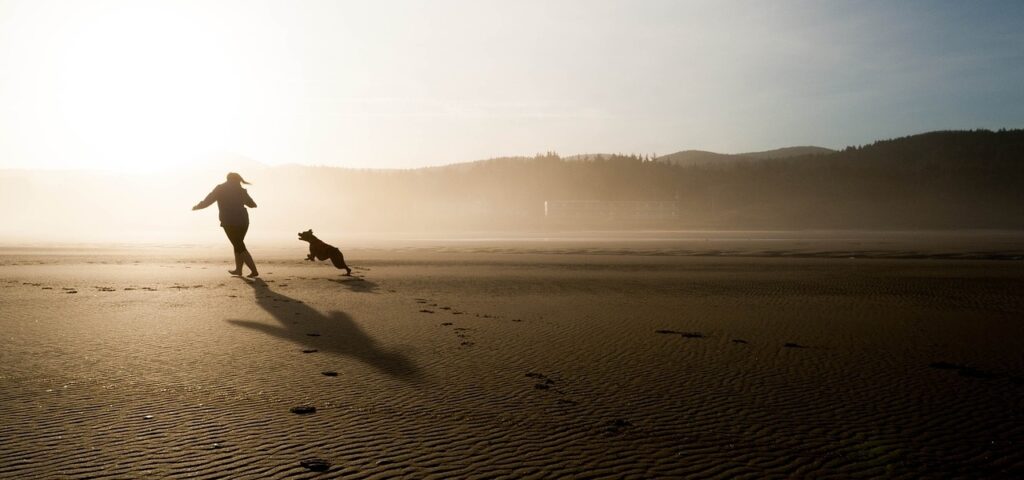Many buzzwords get thrown around in the dog training world, and “behaviour modification” is one of those common phrases. To the dog trainer, it is an umbrella phrase that explains what is needed to assist in changing unwanted behaviours.
So, what does that mean to the everyday dog guardian?
Behaviour modification can help your dog change how they think and feel about something and therefore, how they respond to it.
Now, what does that look like in practice?
Let’s say that your dog is fearful of unknown dogs. On walks, they growl, lunge, and put on an aggressive display resulting in one party moving away. In this example, the dog’s goal was to create space for itself via the use of the aggressive display, they found a reward in that behaviour.
With a dog who has this style of motivation for aggressive display, the behaviour modification strategy looks at the relationship between the dog and their human, obedience skills, a desensitisation program, and counter-conditioning with the stimulus, In this case, the stimulus being other dogs – let’s look at these in more depth.
Relationship.
The relationship between you and your dog is crucial in any behaviour modification process – does your dog see you as a leader? By this, I don’t mean as the “alpha”; the alpha theory was disproven decades ago. Check out this article for further details.
Dominating your dog, walking through doorways first, alpha rolling, poking them and all the other ridiculous stand-over tactics thrown around the dog world for too long are more detrimental to your relationship, doing more harm than good.
When talking about the relationship, I mean – Does your dog listen to you when you give instructions? Does your dog trust you? Respect you? Do you play?
OMG, the importance of play between you and your dog is vastly underrated – this teaches, among other things, cooperation, which is vital in your relationship!!!!

Obedience.
Do you have a clear communication system – also established through play – with your canine companion? Can your dog walk on a loose lead in public? Does your dog understand basic obedience commands? Have you drilled your systems, so you know what to do without a second thought?
"You don't rise to the occasion. You sink to the level of your training."
- Pat Stuart.
Desensitisation.
The goal of desensitisation is to reduce a dog’s reaction to a specific stimulus, in this case – other dogs, exposing them slowly at a safe distance to your dog, to reduce their anxiety in these situations. The dog will become more used to being around other dogs, decreasing their fear and, in many cases, removing it altogether.
Counter-conditioning.
Counter-conditioning looks at changing the dog’s feelings or emotional responses to a stimulus, in our example, other dogs. Instead of allowing the dog to lunge and growl at other dogs, we work at a safe distance for the dog – this is interchangeable depending on the dog, the day, and many other factors – then rewarding with more space, play or food – for staying calm and under threshold.
"Most of what people call aggression in dogs is really just an inappropriate response
to fear and uncertainty. The way to address the problem is taking away the
fear of the unknown by making it known."
- Dick Russel.
A Step In the Right Direction.
It’s important to remember that how long it takes for your dog to learn new habits will depend on the severity of their problems, how quickly they learn new things and their human’s commitment to the training.
Some dogs, like my Cooper, missed out on his critical period of socialisation exposure and had 4.5 years to practice his undesirable behaviours, which also means he does not generalise behaviour well. We go through an introduction protocol for each new person who enters his world. Lack of critical period socialisation means he does not retain and generalise well to each new person that enters our world. You can learn more about this by checking out the Good Dog Project podcast on this subject.
Over time and committed training, Cooper can go off-leash in designated areas with his mates. The happiness found through changing his attitude and reactions towards people has brought more freedom to his world and ease to mine.
For this process to work, you must be patient and persistent. It can take weeks or months for your dog’s behaviour to change into something more positive; however, it is worth it in the end!
For dog obedience training and behaviour modification services in Geelong, the Bellarine,
Surf Coast and Golden Plains regions, contact King’s K9 Dog Training.

